2019’s Fire Emblem: Three Houses proved massively popular amongst old fans of the series and newcomers alike, boasting lots of choice to even the nittiest, grittiest of details. So it would only seem natural for a follow-up title? Instead of any form of direct sequel (which would be massively difficult considering the many outcomes it had), Koei Tecmo are back in the reigns for an alternate timeline Warriors style approach, shifting the focus away from Byleth, the previous game’s protagonist, and into the hands of a new hero. The tides of time are changing, with many possibilities ahead. Which path will you choose?

Fire Emblem Warriors: Three Hopes
Nintendo Switch
Developed by Koei Tecmo
Published by Nintendo
Released: 22th June 2022
Digital copy provided by Nintendo UK
The story of Three Hopes takes a what-if scenario and runs with it, showing how much different the fate of the land of Fodlan would be if Byleth wasn’t the hero to change the course of destiny for the battle-worn continent. Instead, a small-time mercenary known as Shez has a close call fighting with Byleth, only to be saved by a mysterious being known as Arval. This outcome shifts history in a new direction, as Shez should have really died that day. As a result they are instead the one to meet and rescue the three lords of Adrestia, Faerghus and the Leicester Alliance. This shift is further split up by allowing Shez to choose between these three, Edelgard, Dimitri and Claude, in their endeavours to shift history on a new path.
Both Shez and Byleth, referred to as the “Ashen Demon”, have the option to be either male or female, as well as having whatever name you choose. This is a nice touch, considering the promotional material seems to favour male Shez and female Byleth, but you really can have it any way you desire. The game can also read your save file from Three Houses to automatically fill in the name for Byleth. Another neat touch is that Byleth is now fully voiced. While they spoke a little in Three Houses, it was largely relegated to battle cries, with exceptionally little dialogue outside of battles.
If you’ve played a Dynasty Warriors game before, or one of its spin-off titles such as the Hyrule or Fire Emblem variety (maybe even Persona), then you know what to expect here. The gameplay of Three Hopes follows the usual Warriors format, where it’s one versus thousands (though you do get to choose up to four heroes to play as at a time) with relatively simple combat mechanics but a lot of on the fly management of the situation. You have a main objective in each map, usually defeating a specific enemy but sometimes something else, and periodic side-objectives. Sometimes these objectives are mandatory to actually unlock a path to the true goal, but sometimes they’re totally optional and provide additional rewards if completed.

The actual combat is fairly straightforward. You have a string of normal attacks on the Y button with intermittent strong moves on the X button that combo into the weaker ones. Each combo results in a different strong attack, so Y X is different from Y Y X. Much like the previous Fire Emblem Warriors game, there are numerous classes and characters of the same class tend to have similar move sets. They distinguish themselves from each other through aspects like their stats, special moves and abilities and their overall personalities. While it might seem a bit of a letdown having one cavalier play nearly identical to another one,the variations in their strengths and weaknesses make enough of a difference to shift how battles play out.
Whilst it is a letdown that individual characters don’t have unique movesets, there are plenty of customisation options in Three Hopes, much like the source material. Characters can learn classes to change how they play in battle. While most characters have preferred classes that they’ll naturally want to progress through on their own, you’re free to mix and match their classes however you feel. If you want to make Bernadetta a brawler instead of an archer, be my guest! Of course, keeping in mind a character’s strengths and weaknesses will help to truly optimise them to the best of their abilities when choosing classes for them. It’s highly encouraged that you pick your favourites for each class and try to diversify your roster, that way you will always have an option in your back pocket for when a tricky situation arises.
There are times, due to the RPG nature of the game, that it may feel like you’re striking a brick wall due to having insufficient stats. It’s well worth delving deep into the systems available to you to help boost your characters power, either by levelling them up or specifically training their class ranks to give them new abilities and innate skills. Engaging in battles will also help bolster experience without necessarily having to spend the coin in the barracks. It can also be very easy to have your player character become overpowered, as they get a solid early start on the experience front, so making sure the rest of your army are up to par is crucial for when you need a specific weapon triangle advantage they can’t fill. Keeping ahead of the curve will benefit you greatly, meaning the challenges that lie ahead won’t be a brick wall anymore.

The game is broken up into chapters, each with a region of the continent of Fodlan referred to as a War Map, where you go to engage in the actual battles. These consist of chapter specific regions of the continent of Fodlan divided into smaller sections. Each section has a mission, where you go to battle, and several reward spots that you can claim once you’ve cleared the mission in that area. Completing enough of these smaller sections grants you access to the main story mission, which upon completion will progress the story further. There are also side-missions and paralogues to uncover here too, the paralogues of which are more personal little stories involving specific characters amongst your roster.
By claiming regions in each chapter, you can also obtain strategy resources. Using these, you can apply various strategies to the final map of each chapter to gain advantages. These strategies can be used to add area of effect damage to certain spots on the map, bolster defences and even convince recruitable members to join your side. These are activated once specific requirements are met, with a prompt appearing on screen once fulfilled, and holding right on the dpad. The decision to which strategies you use is entirely yours, but opting to persuade additional characters into your roster is very much tempting. Do bear in mind that you can only use as many strategies as you have points available, making each choice critical to how the battle plays out.
Outside of battle you get to frolic in the camp, with a wide variety of activities available to you. Here you can train up your roster, cook food to gain boosts in battle, shop for various items, even just chat with your fellow comrades. Breaking up the high octane combat with a more relaxed selection of activities helps ease burnout, but it’s also where you’ll spend a lot of time getting your hands dirty with the character customisation options mentioned earlier on. Much of your time here will be spent preparing for the next battle and optimising your character builds, but also boosting your supports with the characters in your army.

Every character has a support rank with other characters, ranging from C through to A. While not every character gets the full gamut of supports, everyone has at least a minimum of a C rank support with everyone else in the respective house you’ve chosen. Support points can be earned by having people fight with each other in battle, forming adjutants or by training and other activities in the barracks. Once a support rank has been reached, you can view a scene that fleshes out both of their personalities and relationships with the other. These are fun scenes to watch, ranging from funny to dramatic and heartbreaking, depending on the pair. Unfortunately, there are no romance options like before, due to the omission of the S rank support, though another feature was put in its place to allow the player to assume another character’s ability.
Fans of Three Houses will no doubt be concerned as to if Tea Time has made a return. Well, it has, kind of. In its place, an effectively identical Expedition feature has been added. Not worrying itself with the procuring of a character’s favourite teas, Expeditions jump straight into the question and answer sections. Here, you get the opportunity to learn more about a person’s background, from their friends and family, likes and dislikes, and so on. If you answer the prompts correctly, you get one of three points which determine if you get to admire them afterwards and give them gifts. It can be tricky learning which answers each character likes, but you are rewarded handsomely for full marks, with a large boost to their support rank, otherwise you get a smaller increase.
The game’s presentation is ironically better than the original Three Houses, primarily with full 3D conversation scenes rather than the 2D backgrounds the original had. Characters seem more detailed, though this is largely due to better rendering than any actual improvements to the actual details. All this is amusing seeing as Koei Tecmo also had a hand in Three Houses development, showing that in the three years since its release, many improvements have been going on behind the scenes.
It seems the performance mode of old is long gone, much like with Hyrule Warriors: Age of Calamity. The original Fire Emblem Warriors was graced with an optional mode that allowed the game to go up to 60 frames per second by sacrificing visual fidelity, much needed for an action focused title. Sadly, it’s not made a return since and the game runs at an unlocked rate. Sometimes it does reach heights of 60fps, or at least close to, but they’re exceptionally rare and entirely contained within non-intensive scenes. Otherwise, the performance likes to linger around 30fps, typically below 40fps. This is a marked improvement over Age of Calamity, which really did suffer trying to render the scenery and could drop the frame rate into the teens when really stressed. Consistency of the frame rate is very erratic though, so if you’re sensitive to sudden changes in frame timing, this one might be jarring.

The music of Three Hopes is an absolute standout experience. Already owing to the fantastic compositions of the original game, the addition of the patented Warriors rock motifs go and add an extra layer of aural elevation. While not a new feature, the way the music shifts in tone between menu and gameplay, removing the guitars and heavy percussion in the former, make it easier to focus on giving orders to your units and then hypes you back up again once you’re out on the battlefield again. Particular note should be given to the track that plays whenever Byleth enters the warzone, The Ashen Demon, adding a considerable amount of tension (and anxiety) near instantly. Nothing makes you panic quicker than hearing that theme play.
So much effort has been put into making this game feel as much like a true Fire Emblem title, even going as far as to include the traditional permadeath feature as an option (though it doesn’t really feel necessary for the Warriors genre, it’s still appreciated for anyone after further challenges). One really welcome returning feature, having been absent in Three Houses, is the weapon triangle. Now it becomes critical to maintain a good balance between weapon types when formulating a pre-battle strategy in order to maximise your efficiency. Plus, it has made the brawler class actually useful, as they didn’t really serve too big a purpose before this, now they’re expert mage pummellers; rather ironic, as brawlers tended to have poor resistance, how the tables have turned!
If you’re after a more conventional Warriors affair, where you just pick a character, give them weapons and level them up, it isn’t really the game for you. There’s a lot more RPG elements involved with curating your roster to your liking. The original Fire Emblem Warriors was also somewhat like this, but Three Hopes ups the ante tremendously with near limitless customisation options at your fingertips. It takes a lot of tinkering and meticulous experimenting, which is absolutely amazing if you’re into that sort of thing, but for anyone who just wants to mash buttons, it’s probably best to stick to something like Hyrule Warriors two titles already on Switch.

Final rating – 4 out of 5
Fire Emblem Warriors: Three Hopes is available now for Nintendo Switch.
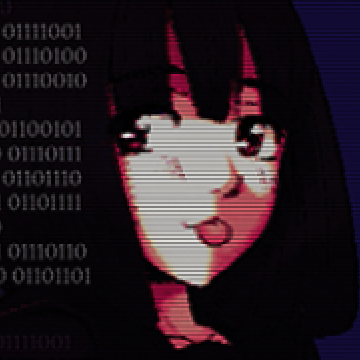
Long time fan of Nintendo and games in general, I always lean on the quirkier and unique sides of things in particular. It all started when I was lucky enough to get a Gameboy Color and Pokemon Yellow for my tenth birthday and it’s been going strong ever since. I’ve always had a need to get my voice heard and share anything I find interesting with the world.


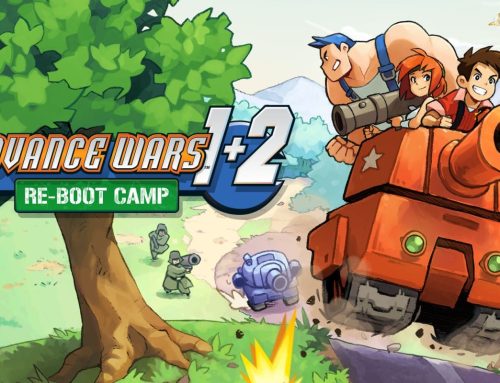
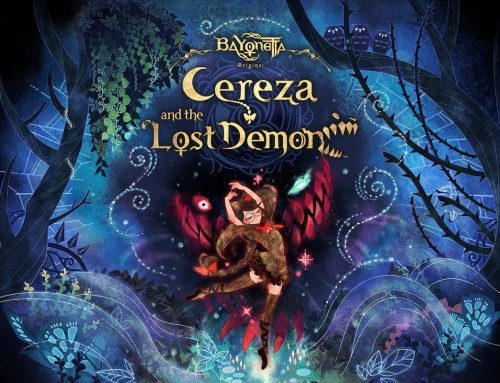
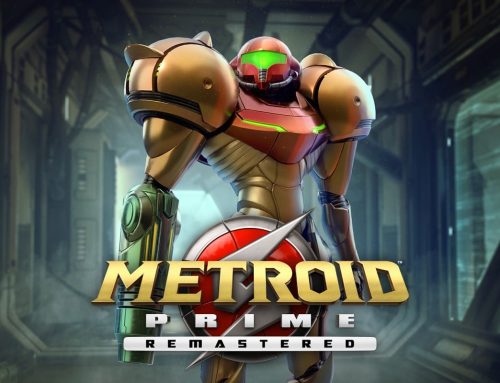
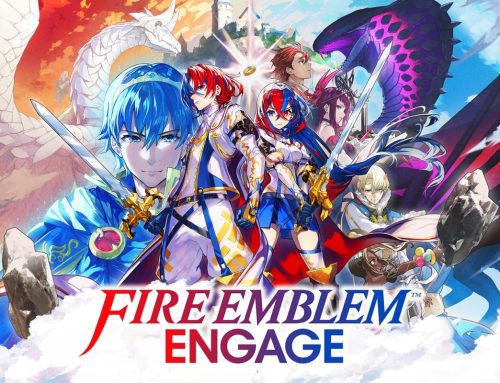
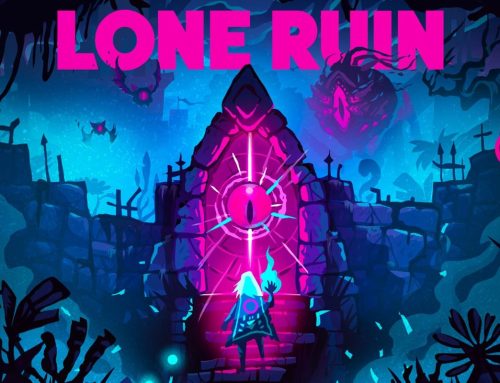
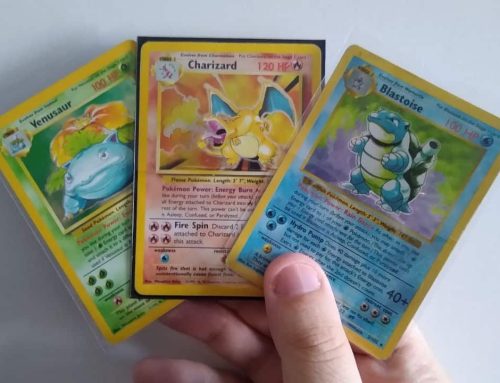
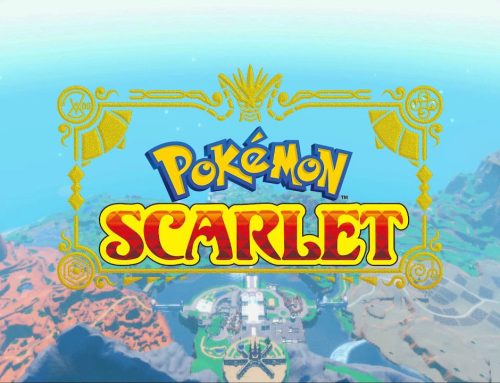
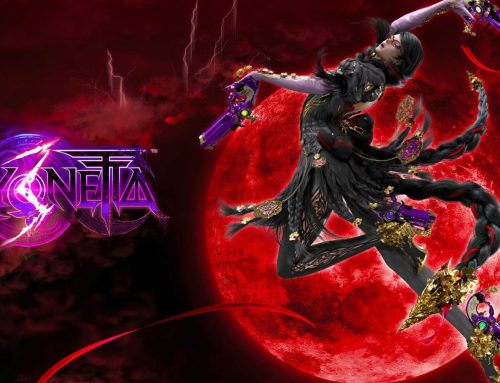
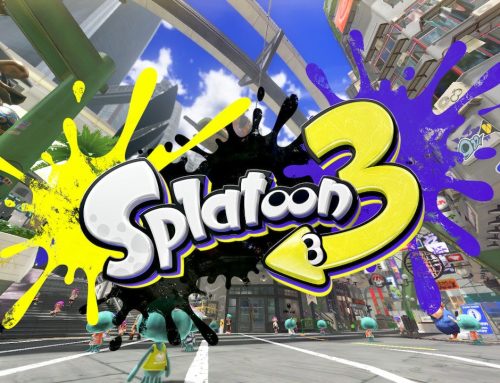

Leave A Comment
You must be logged in to post a comment.